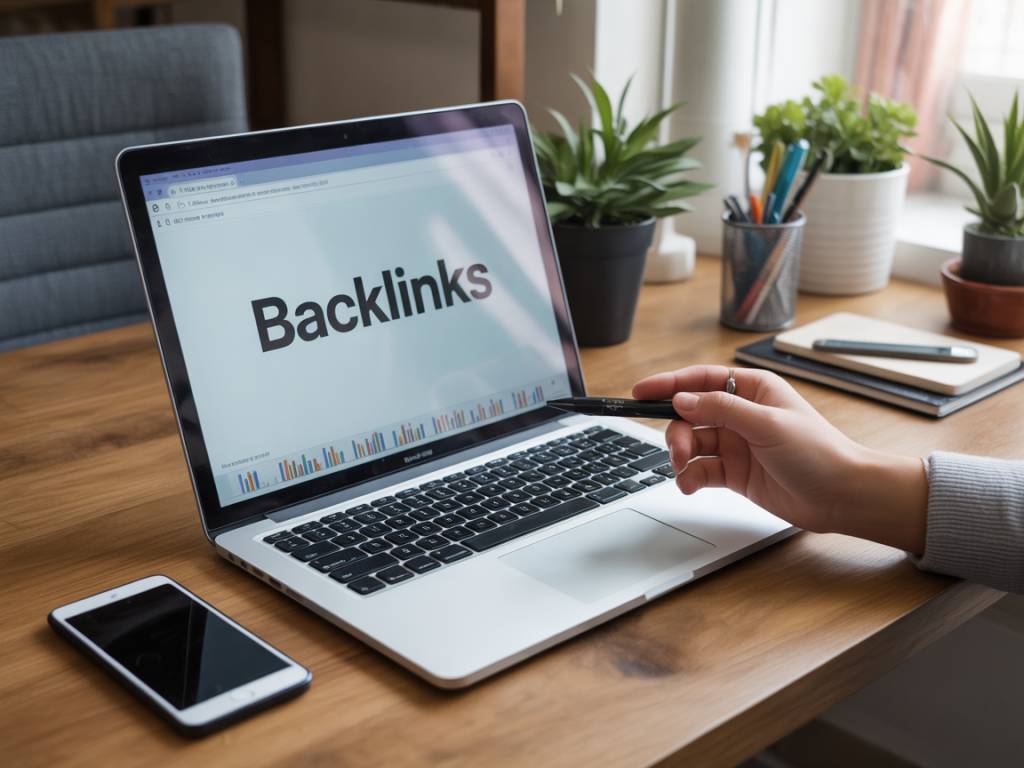Backlinks definition explained for beginner and intermediate marketers

Backlinks definition explained for beginner and intermediate marketers
What Are Backlinks (And Why Should You Care)?
Picture this: you’re building a brand-new website. You’ve optimized your pages, crafted killer content, and your design is slick—but you’re sitting on page 10 of Google. Why? Because you’re missing one of the most critical elements of SEO: backlinks.
In simple terms, backlinks (also called inbound links or incoming links) are links from one website to another. Search engines like Google see these links as “votes” for your content. The more quality backlinks you have, the more trustworthy and authoritative your site appears.
Think of backlinks like recommendations. If a friend recommends a restaurant, you’re more likely to try it. If hundreds of people recommend it, that’s a no-brainer. Google works the same way. Each backlink signals that your page is worth ranking.
Different Types of Backlinks (Not All Are Equal)
All backlinks are not created equal. Some boost your SEO. Others could sink your site (hello, Google penalties). Understanding the types of backlinks helps you make informed decisions.
- Editorial backlinks: These are the holy grail. Earned when another site naturally links to your content because they find it valuable. No outreach. No payment. Just good content doing its job.
- Guest post backlinks: When you publish an article on someone else’s site and include a link back to your own. If done right—on relevant, authoritative sites—this can be a powerful strategy.
- Directory backlinks: These come from business listing directories. Place them strategically (e.g., local SEO directories), but don’t overdo it. Low-quality directories = spammy signals.
- Forum and comment backlinks: Often nofollow (we’ll get to that), but still useful for brand visibility and traffic if relevant and used sparingly.
- Paid backlinks: Risky. Google frowns on buying links and can penalize your entire site. If you pay, do it smart—sponsored posts, partnerships with real sites, and full disclosure.
What’s the Difference Between Dofollow and Nofollow Links?
Let’s demystify the jargon.
- Dofollow links: The default link type. These pass authority (also called link juice) from one site to another. Good for ranking.
- Nofollow links: These tell search engines, “Don’t pass value to the linked site.” They don’t contribute directly to rankings, but they can still drive traffic and diversify your link profile.
Example: A link from a high-traffic Reddit thread might be nofollow, but it can bring tons of visitors. That’s not nothing.
How Backlinks Impact SEO (Real Talk)
Still not sold? Let’s get into the gritty SEO benefits of backlinks:
- Higher rankings: Google’s algorithm uses backlinks as a key ranking signal (and has since PageRank in 1998).
- Faster indexing: Search engines discover your new pages faster if authoritative sites link to you.
- More traffic: A backlink from a popular blog can drive referral traffic—targeted and often high-converting.
- Brand authority: When credible sites link to you, it boosts trust among users and search engines.
According to a study by Backlinko, the #1 result on Google has an average of 3.8x more backlinks than positions #2 to #10. Coincidence? Nope.
Good vs. Bad Backlinks (Yes, There’s Such a Thing)
Links can help you…or hurt you. So how do you distinguish between a good link and a toxic one?
Here’s what to look for:
Good Backlinks:
- Come from relevant, niche-specific websites
- Are placed in high-quality, well-written content
- Originate from domains with strong authority (check with tools like Ahrefs or Moz)
- Are naturally earned, not manipulated
Bad Backlinks:
- Come from spammy, unrelated websites
- Are part of link farms or automated schemes
- Use exact match anchor text excessively
- Come from penalized or blacklisted domains
Pro tip: If you inherit a bunch of bad links (maybe from a past SEOs shady tactics), disavow them via Google Search Console to protect your rankings.
How to Start Building Backlinks (Without Losing Your Mind)
You don’t need an army of outreach specialists. You do need a game plan and some patience. Here’s how to start:
Step 1: Create Link-Worthy Content
No one’s going to link to your 500-word regurgitation of what everyone else has already said. Aim for:
- Original research or data
- Case studies with clear results
- Ultimate guides or comprehensive tutorials
- Well-designed tools or calculators
Step 2: Find Outreach Opportunities
Use tools like Ahrefs, SEMrush, or even Google search operators to find relevant blogs or websites in your niche. Then, reach out. Be human, be specific, propose value. Example:
“Hi [Name], I loved your post about [Topic]. I just published a study on [Related Topic] that I think could complement your section on [Insert]. Would you consider referencing it for your readers?”
Step 3: Get Featured with HARO
Help A Reporter Out (HARO) connects you with journalists looking for sources. Provide value-packed quotes, and you may earn a backlink from authority sites like Forbes, HubSpot, or Business Insider.
Step 4: Analyze Competitor Backlinks
Spy on your competition. Use Ahrefs or Ubersuggest to see who’s linking to them—and why. If they linked to your competitor’s mediocre post, they’d probably love your better one.
Backlinks and Anchor Text: A Balancing Act
Anchor text (the clickable words in a hyperlink) tells Google what your page is about. But don’t try to game the system by stuffing exact-match keywords everywhere. That’s a fast ticket to a Penguin penalty.
Use a natural mix:
- Branded anchors (e.g., “SEO1Dollar”)
- Naked URLs (e.g., https://seo1dollar.com)
- Generic anchors (e.g., “click here”, “this post”)
- Relevant long-tail anchors (e.g., “beginner SEO tips for startups”)
You want diversity. Uniform anchor text on 100 backlinks = red flag.
How Many Backlinks Do You Actually Need?
There’s no magic number. It depends on your niche, competition, and domain age. A local plumber might only need 20 solid links to dominate Google. A SaaS startup gunning for “project management software” might need 500+ from high-authority domains.
Focus on consistent growth: a few good links per month > a thousand spammy ones dumped in overnight.
Tools to Monitor and Manage Your Backlinks
You can’t manage what you don’t track. Use these tools to keep tabs on your backlink profile:
- Google Search Console: Shows who’s linking to you and helps disavow toxic links.
- Ahrefs: Deep insights into backlinks, anchor text, domain authority.
- SEMrush: Great for link audits and competitor analysis.
- Majestic: Useful “trust flow” vs “citation flow” metrics to assess link quality.
Look out for broken backlinks (links pointing to 404s) and reclaim them by creating relevant redirects or content. Easy win.
A Final Word on Scaling Your Link Building
Getting your first few backlinks might feel like pushing a boulder uphill. But once quality links start coming in, domain authority builds, content ranks faster, and things get much smoother.
Just remember: focus on value, relevance, and long-term credibility. That’s how SEO wins are built sustainably.
Backlinks aren’t just a ranking factor—they’re the foundation of trust on the web. Earn them, monitor them, and manage them like your SEO depends on it—because it does.







